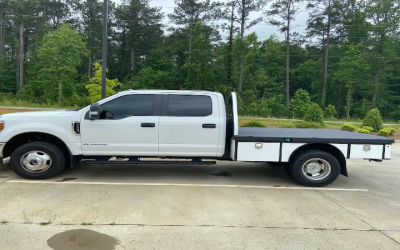Sometimes it is difficult to see how a tax deduction for a property owner or leaseholder actually benefits the entire community. However, when it comes to the EPACT 179D tax deduction understanding the root initiative and concept behind the deductions makes it clear just how a business taking advantage of the program is contributing to the good of the entire local and national energy saving initiative.
The Basics
To qualify for the EPACT 179D tax deduction a business has to show that they can reduce their amount of energy that they use throughout the entire building in one or more of three different categories. These categories include the HVAC system, the building envelope and the lighting system. By reducing the amount of energy used in three systems within a building it is possible to get up to $1.80 per square foot as a maximum deduction.
This is $0.60 for each of the three categories, however, you can also get a partial EPACT 179D tax deduction for meeting minimum reductions in some categories. In general buildings are commercial or industrial in use, multifamily buildings with four or more floors above grade, buildings converted to commercial use or specific types of garages.
Applying for a EPACT 179D Tax Deduction
Unlike some programs the EPACT 179D tax deduction option is based on square footage and not amount spent on the actual upgrades. Typically businesses applying are at least 50,000 square feet, which could include multiple locations, but businesses of all sizes can qualify.
The building will go through an engineering analysis that is performed by an independent company that is licensed and able to complete the certification. This certification documents and verifies the energy savings that will be realized once the upgrade, construction or retrofit is complete.
The benefits of the Walker Reid Strategies EPACT 179D energy tax deduction are far reaching. Energy use is decreased, sometimes but as much or more than 50%, which means less drain on natural resources. In addition the business’s overhead drops, again by as much or more than 50% for electricity or fossil fuels used to heat, cool and light the building. These savings help to keep the cost of the products manufactured or the services offered through the business from constantly increasing to address increasing energy bills.


